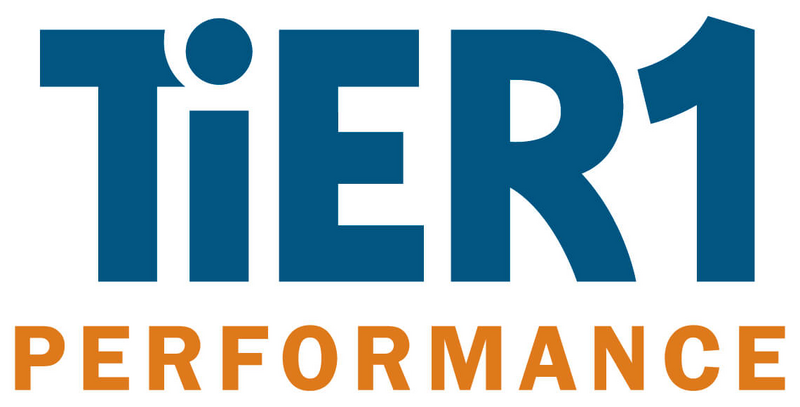ATD Blog
Resetting the Defaults: Developing Inclusive Leaders in the Age of AI
Wed May 14 2025

Artificial intelligence (AI) is evolving rapidly. The danger? Most of our systems are still running on their default settings with flawed data, pre-programmed values, outdated assumptions, and invisible biases woven into the code.
As technology continues to accelerate, learning and development (L&D) leaders need to embrace a different kind of leadership that meets the demands of the future of work. We need leaders who are both tech-savvy and people-first. We need inclusive leaders.
Inclusive leadership values diversity, encourages collaboration, and fosters an environment where everyone feels empowered to contribute in unique ways. While AI systems learn from the past and are optimized for speed, inclusive leaders learn from feedback and will gradually shape the future. Inclusive leadership requires three essential components:
Time to pause, challenge assumptions, and avoid rolling out biases at scale
Understanding of how exclusion shows up in data, tools, and organizational culture
Accountability for when automation misses the mark, create systems of oversight, and fix issues transparently before trust erodes
These aren’t just soft skills; they’re survival skills in the age of intelligent systems.
Inclusive leadership isn’t just for those with C-suite titles. It’s for everyone bold enough to question whether the current ways of operating the business are harnessing the full potential of a diverse workforce. This might look like asking:
Is this resume screening tool filtering out candidates from nontraditional backgrounds?
Did we include perspectives from ERG members in the rollout’s design?
What assumptions were made in assessing “high potential” at scale?
Leading with purpose doesn’t require authority. Culture starts to shift when people at every level challenge automation, audit biases, and demand better conditions with intention.
Inclusive Leadership Means Resetting the Defaults
The thing about default settings is they’re fast, familiar, and almost always designed by someone else. The tools we rely on were trained on historical data. That means the “default” settings often serve the past, not the future. If the past was exclusionary, how can we ensure that we’re not making the future exclusionary, just at a faster rate? Inclusive leaders notice when defaults are outdated, inequitable, or just plain wrong and have the courage to change them.
If your organization’s leadership programs aren’t preparing people to lead through ethical uncertainty, tech disruption, and cultural complexity, they’re not future-ready. Here are five ways to lead the change and develop inclusive leaders in the age of AI at your organization:
1. Make inclusive leadership the default, not an add-on. Make it the foundation of your leadership development curriculum, not in a bonus module. Do this by incorporating:
Case studies on exclusion in AI
Exercises that uncover unconscious bias in tools and decisions
Scenarios that challenge “default” thinking
2. Train leaders to spot what’s missing. Help leaders recognize where exclusion shows up in systems, data, and decisions. Arm them with the right questions, including:
Who is benefiting from implementing this and who might it harm?
Who is being left out and how can we include them?
Do we have the tools and systems in place for oversight?
3. Build in accountability. Redefine and model what “good” leadership looks like with the following actions:
Own unintended impacts from exclusive practices.
Create feedback loops with ERGs and cross-functional teams.
Lead transparently when automation stumbles.
Adjust or remove tools that do more harm than good.
4. Make psychological safety a leadership imperative. Train leaders on how to foster environments where teams feel safe questioning automated decisions and voicing concerns. Creating a “speak-up culture” is the foundation for ethical and effective tech use.
5. Partner with DEI, tech teams, and legal not in silos. The future of leadership doesn’t live in a single function. When inclusive leadership and ethical AI implementation are developed together, they stop being a few people’s jobs and start becoming everyone’s responsibility.
Lead With Intention
AI is changing how we work, but how we lead will determine for whom we innovate, and with what consequences. The future doesn’t need faster leaders; it needs wiser, courageous, self-aware, and empathetic ones. Let’s develop leaders who pause for people, listen for bias, and build for belonging. That’s how we lead beyond the algorithm: with time, understanding, and healthy doses of accountability. And maybe a little less trust in the “default settings.”

